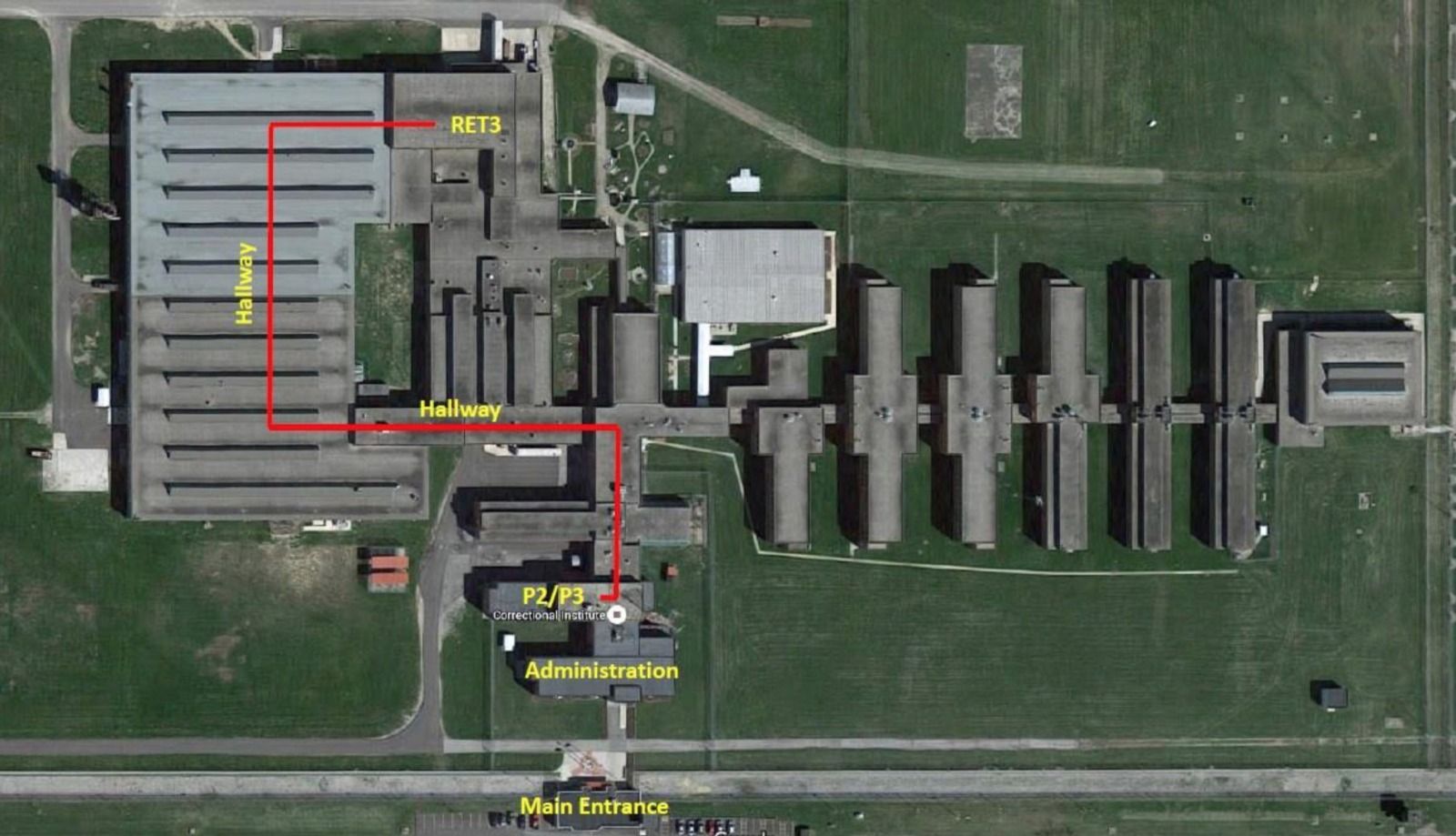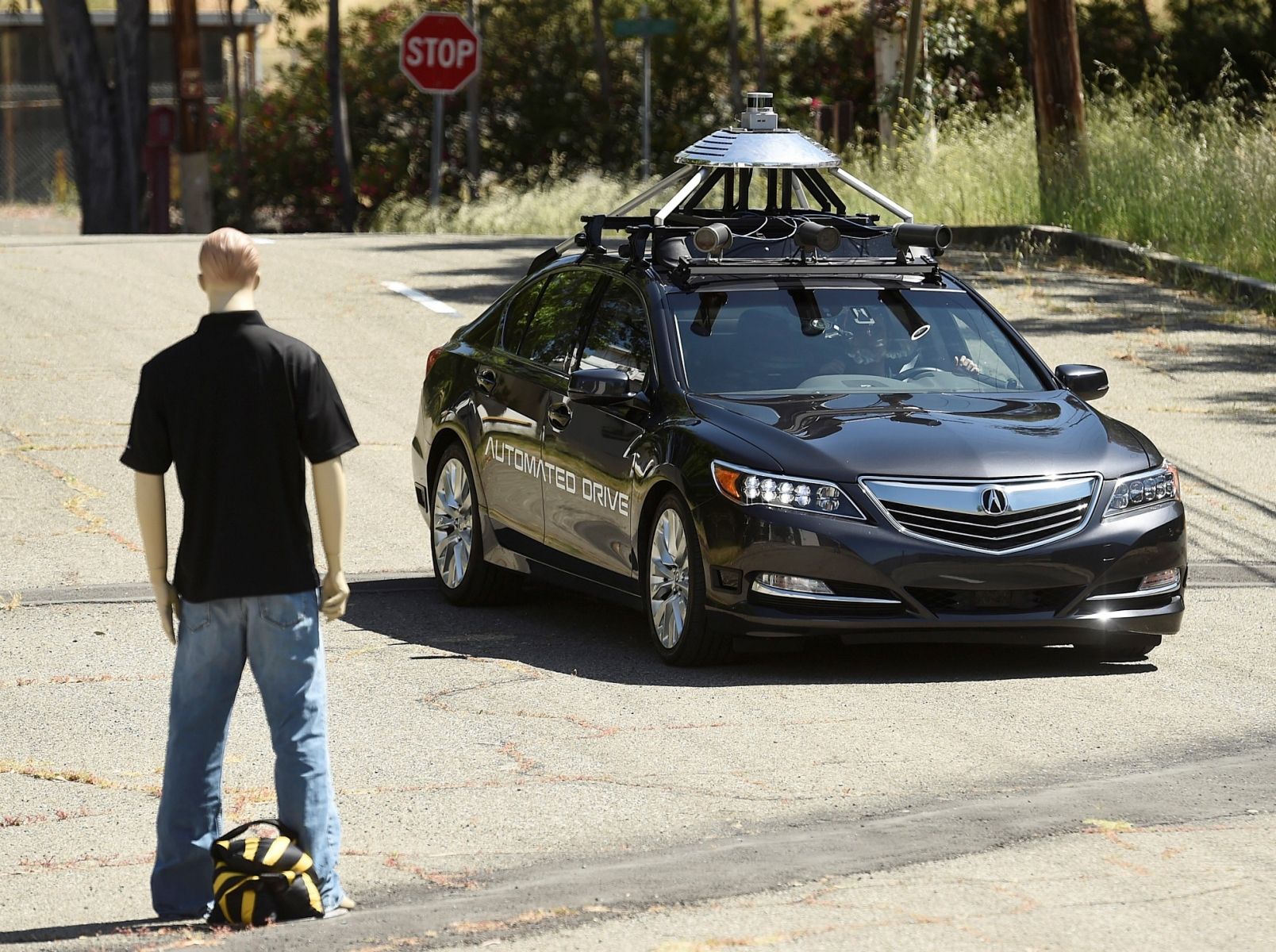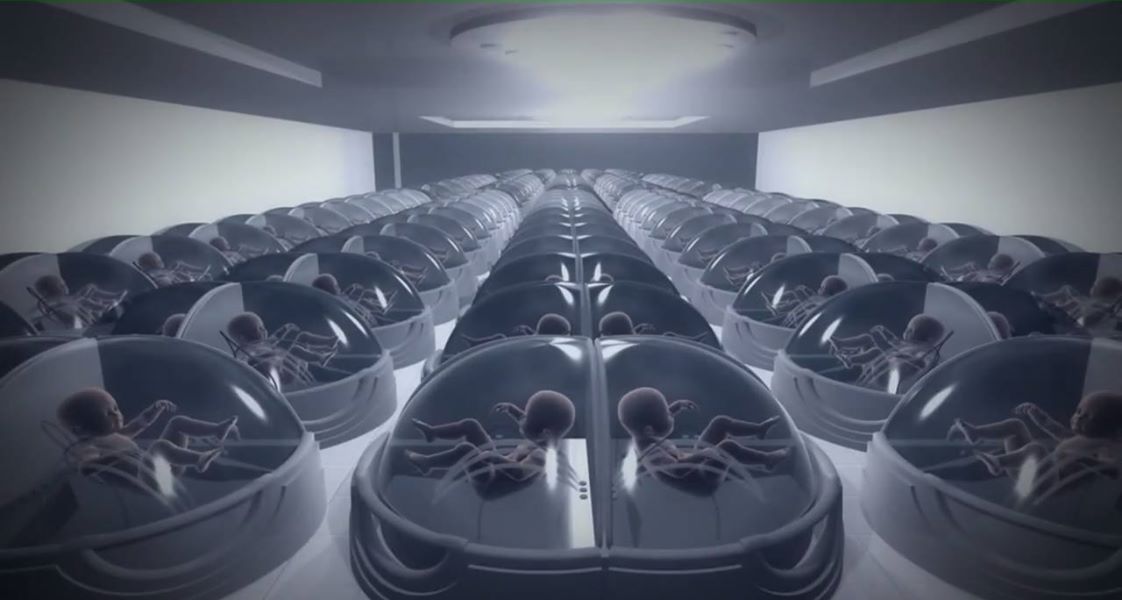At the Woodside operated Natural Gas Plant in Karratha, Western Australia, employees often work in challenging conditions. IBM Watson is making things a little easier, by allowing employees to ask technical questions via their tablets or computers. Watson has been trained with expert knowledge from thousands of employees, and can help provide project-related answers in minutes, instead of hours. Now if only he could do something about the 40-degrees Celsius average outside temperature.
Get the latest international news and world events from around the world.


We want YOU!
Last October we started recruiting regional coordinators. These are individuals, organisations and groups of people who coordinate Asteroid Day activities in their own regions. As of today (April 16, 2017) we have over 187 coordinators across 114 countries. That is a fantastic achievement and I am very proud of the work these coordinators do every day. We have a dedicated email group and we meet once a week via teleconference to keep each other updated.
There are still quite a few regions where we need coordinators. Below is a list. If you are interested in this position or know someone who would be perfect for this role then please send an email to [email protected].
HERE is our Coordinator Guide which details the work our coordinators do.

T-Minus 2 weeks until #SpaceApps
There are 150+ locations online at 2017.spaceappschallenge.org/locations. Find one near you and register today for the global hackathon extravaganza!

Two Ohio inmates hacked their prison from the inside using makeshift computers built from spare parts
Decentralization of technology and ever cheaper electronics and materials will also bring more risks. Not to mention the serious risks of terrorism.
Here is a less harmful example of what decentralized tech can do.
Using computers they’d built out of discarded electronics and hidden in a closet ceiling, two inmates in an Ohio prison hacked the facility’s network, downloaded porn, and applied for credit cards with stolen information, according to a report released Tuesday (April 11) by Ohio’s inspector general’s office.
The computers were discovered in 2015 after the IT department at the Marion Correctional Institution, a medium-security prison, noticed that a computer on the network had exceeded its daily usage limit. Alerts indicated that the computer had attempted to hack through the network’s controls, but was unsuccessful.
Although a contractor for the prison was logged into the computer in question, the IT department believed someone else was responsible for the breaches, as the flagged activity had taken place outside of working hours. After obtaining the computer’s name and IP address, the IT workers determined it was an unauthorized device, “because part of its computer name, ‘-lab9-,’ fell outside of the numbers assigned to the six known computers used in the PC training area.”

How California Is Trying to Keep Autonomous Vehicle Development on Track
By Nidhi Kalra
After California’s Department of Motor Vehicles recently proposed new regulations governing the testing and deployment of autonomous vehicles, many were left to wonder: Will this help retain the state’s status as a testing and deployment ground for the technology, and will it make California safer?
The answer is… yes and… maybe?

Free Tuition At New York Public Universities
New York just became the first state to pass four-year college for free! ![]() 👏
👏 ![]() 👏
👏![]() 👏.
👏.


First Artificial Wombs: Researchers now grow human embryos in a laboratory to study pregnancy
We all know how to get pregnant or at least should know, but despite so many tips out there boosting the chances of conceiving, the actual first 2 weeks of pregnancy remain an undetectable mystery to science.
A pregnancy test is usually done via markers detecting hormones in specific substances like urine and blood. At the very beginning, though, these hormone levels are just too low to register a positive test. Without actually looking into the womb, nobody can watch fertilized eggs grow. Yes, we understand the process going on, as the embryo (which is basically a mass of cells called blastocyst) starts dropping its outer layer to implant within the uterine lining.
However, only a couple of weeks ago researchers from Rockefeller University were the first to witness and even raise human embryos in a laboratory for the maximum ethically allowable time of 13 days.